As a school psychologist, understanding the common acronyms in special education is crucial for navigating the field and communicating effectively with teachers, parents, and other professionals. Here’s an outline of the most frequently used acronyms and their definitions:
IEP – Individualized Education Program
- A legal document that outlines a student’s specific educational needs, goals, and services. It is developed by a team that includes educators, parents, and other professionals.
FAPE – Free Appropriate Public Education
- A principle under the IDEA (Individuals with Disabilities Education Act) ensuring that students with disabilities receive education that meets their unique needs at no cost to their families.
IDEA – Individuals with Disabilities Education Act
- A federal law that mandates special education services for children with disabilities. It ensures that students receive a free appropriate public education (FAPE) and outlines the rights of students and their families.
504 Plan – Section 504 Plan
- A plan developed under Section 504 of the Rehabilitation Act of 1973, which provides accommodations for students with disabilities who do not qualify for special education but need support to participate in general education.
RTI – Response to Intervention
- A tiered approach to help students who are struggling academically or behaviorally by providing interventions at increasing levels of intensity. It is used to identify students who may need special education services.
LRE – Least Restrictive Environment
- A principle stating that students with disabilities should be educated with their non-disabled peers to the maximum extent possible, and only removed from general education settings when necessary for their educational benefit.
ESY – Extended School Year
- Special education services provided beyond the regular school year (summer or other breaks) to ensure that a student does not lose the skills they have gained.
BIP – Behavior Intervention Plan
- A plan designed for students whose behavior impedes their learning or the learning of others. It includes strategies to address and modify problematic behaviors.
ADHD – Attention Deficit Hyperactivity Disorder
- A neurodevelopmental disorder characterized by inattention, hyperactivity, and impulsivity. It is often addressed with interventions both in the classroom and through special education services.
SST – Student Support Team
- A group of educators and specialists that works together to provide additional support and interventions for students struggling in school.
ESL – English as a Second Language
- A program designed to help non-native English speakers develop proficiency in English. Students may receive specialized instruction in English language development.
SLP – Speech-Language Pathologist
- A professional who evaluates and treats students with speech and language disorders.
OT – Occupational Therapy
- A therapeutic service that helps students develop or regain skills needed for daily activities, such as fine motor skills, sensory processing, and self-regulation.
PT – Physical Therapy
- A service that helps students with physical disabilities improve mobility, strength, and coordination.
DHH – Deaf or Hard of Hearing
- Refers to students who have hearing impairments and may require specialized educational services to support communication and learning.
ASD – Autism Spectrum Disorder
- A developmental disorder that affects communication, behavior, and social interactions, often requiring individualized supports and accommodations in the school setting.
TBI – Traumatic Brain Injury
- An injury to the brain that may result in cognitive, physical, emotional, or behavioral challenges. Special education services are often required to help the student recover and succeed academically.
DPI – Department of Public Instruction
- A state or regional department responsible for overseeing public education and implementing educational standards and policies.
NCLB – No Child Left Behind
- A former U.S. federal law that aimed to close achievement gaps and hold schools accountable for student performance. It was later replaced by the Every Student Succeeds Act (ESSA).
ESSA – Every Student Succeeds Act
- The U.S. law that replaced NCLB, providing states with more flexibility in setting educational standards and focusing on equity and accountability.
These acronyms are foundational to the language of special education and can help ensure clarity and effective communication among professionals, families, and students.
